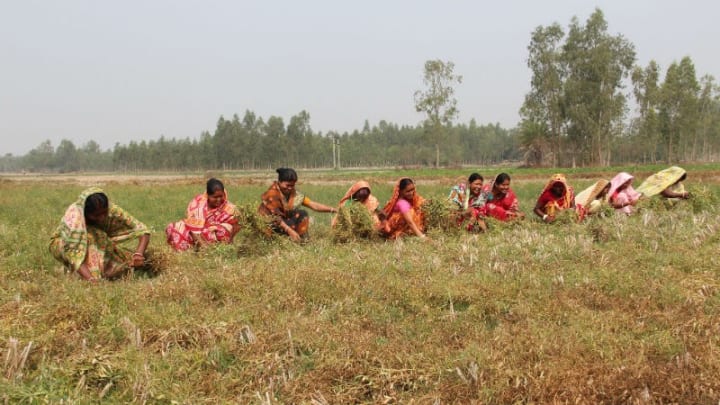Reforms always scare status quoists, especially when there is vested interest involved. While others cling on to an existing situation for the fear of the “unknown”, even if that situation is not productive, does not serve the purpose it is supposed to serve, apart from being detrimental to the interests of the people. Add politics to it and the result is a lethal cocktail of scare-mongering, misinformation and disinformation, of political posturing and attempts to instigate a section of the population and spread civil unrest—the way it happened in the agitation against the Citizenship Amendment Act. This time it is about the landmark reforms in the agriculture sector. A desperate opposition, in particular the Congress, in search for relevance, as its footprint shrinks from across the country, has pinned its hopes on the agriculture sector reforms to revive its dwindling fortunes. While it is the Opposition’s democratic right to seek political relevance—and demonstrations are a means of doing that—but the Prime Minister too has a point when he accuses them of opposing all the reformist steps he has taken, just for the sake of opposition. What this country desperately needs is multiparty consensus on issues of public importance. Consensus is a hallmark of all mature democracies. But in India, even if parties agree on issues of national importance, more often than not such unity falls prey to political and vote bank interests. Something similar has happened in the case of the agricultural reforms as well. As reported by this newspaper, the same parties that are now volubly opposing the sidelining of the Agriculture Produce Marketing Committees (APMCs)—even the Congress and the Shiromani Akali Dal, the two most vocal opponents—were part of the Parliamentary Standing Committee on Agriculture, which in 2019 had said that the sector needed radical reforms and that the APMCs were robbing the farmers of their dues. The committee report had red flagged the “limited numbers of traders in APMCs”, which resulted in the reduction of competition, “cartelization of traders, undue deduction in the name of market fee, commission charges etc”. As the report had pointed out, when market fees and commissions were to be charged from the traders, these were being collected from the farmers, thus reducing their net proceeds. It should not be forgotten that the agriculture sector and its allied services provide employment to nearly 50% of the country’s population and that out of this, 86% of farmers are considered small or marginal—people who eke out a hand to mouth living, while the middlemen, known as arahtiyas in some states, go from riches to riches. That these middlemen and rich farmers often have political interests aggravates matters. Punjab alone has over 25,000 arahtiyas and the state government
Don’t do disservice to farmers
इस शब्द का अर्थ जानिये
- Advertisement -

